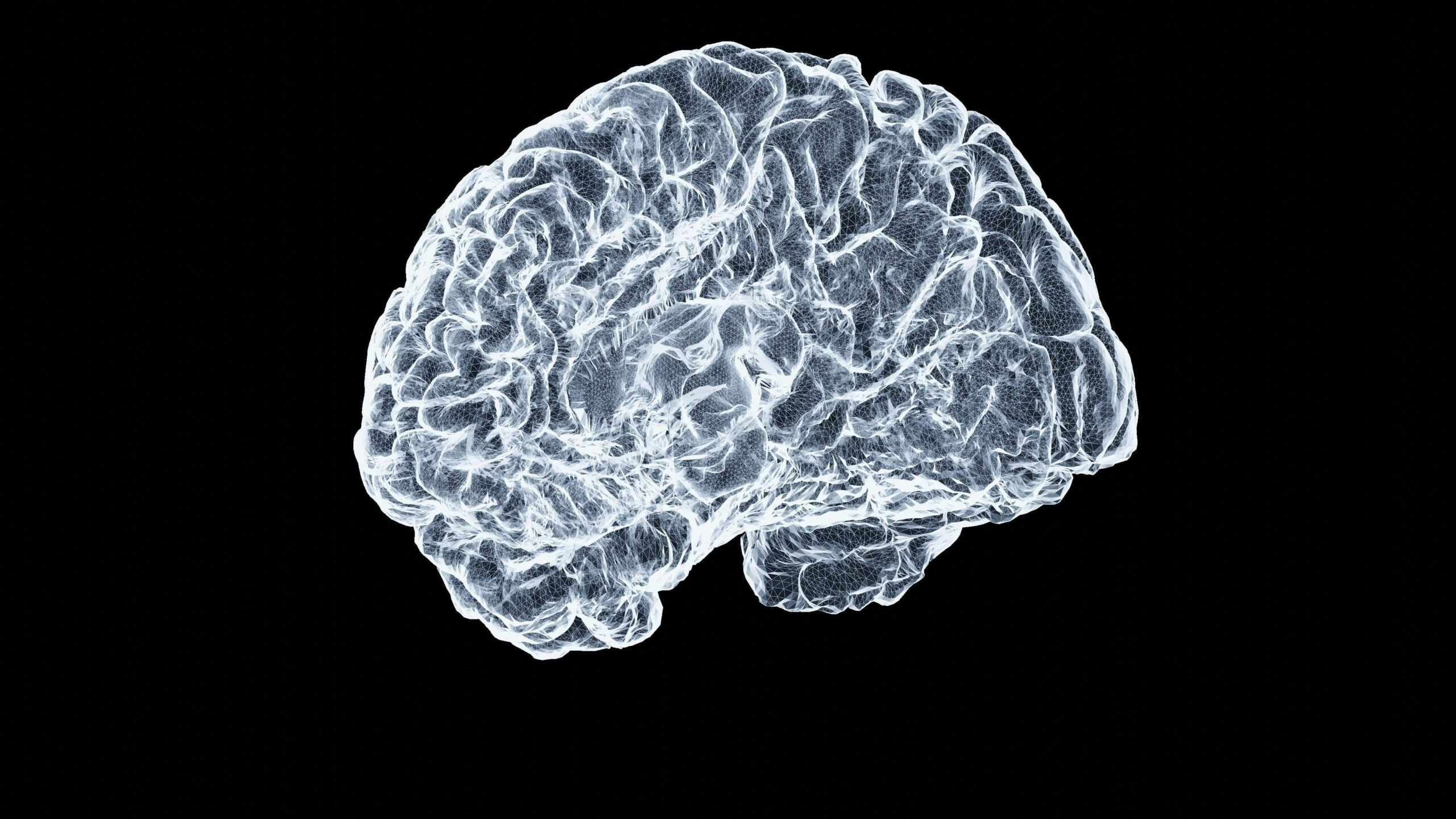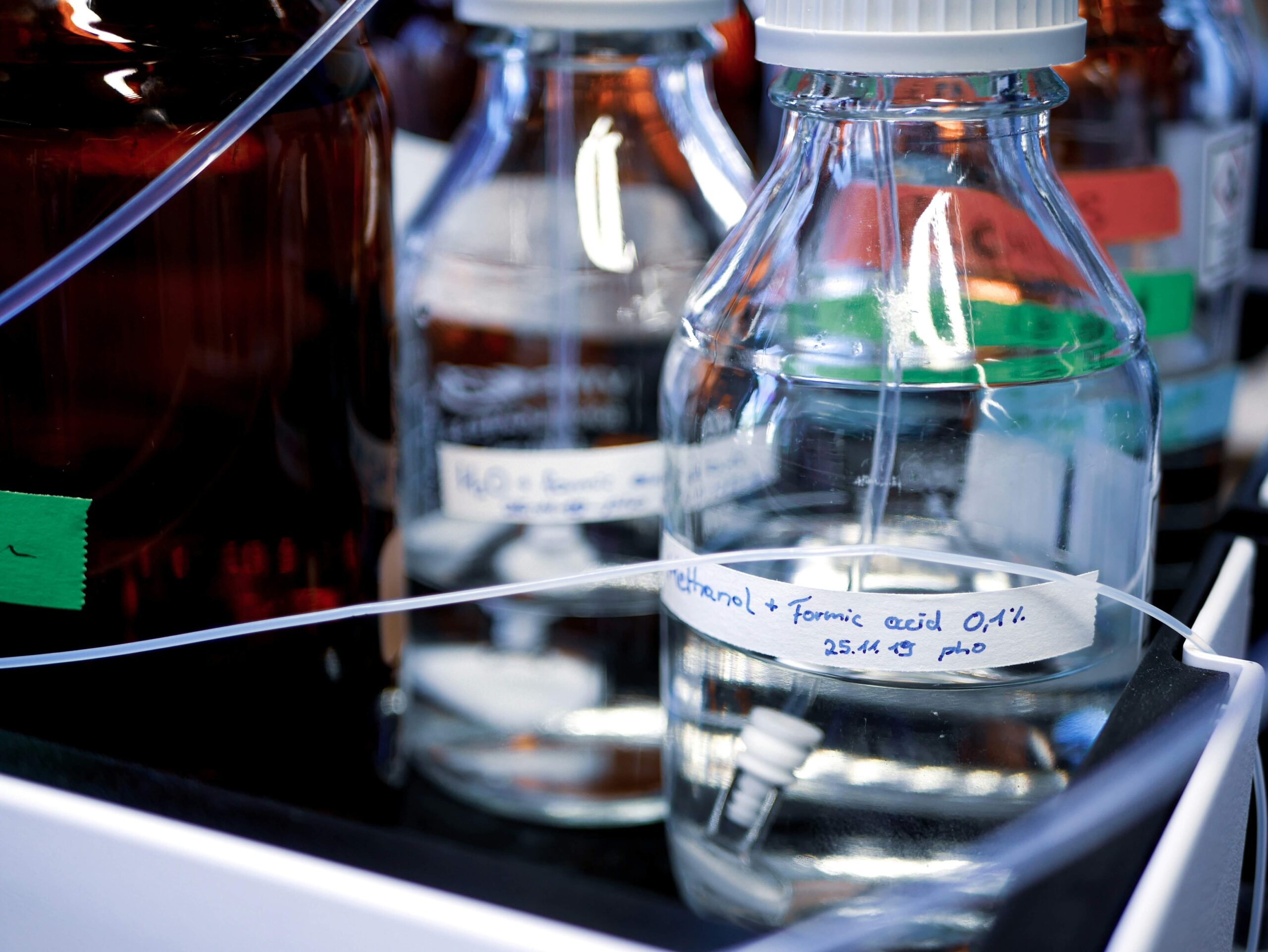What happens to your skin when you quit smoking?
Learn about the effects of quitting smoking on your skin and face. Discover the positive changes and benefits of kicking this unhealthy habit today.

What’s stopping you?
Not sure if you’re ready to stop smoking? Worried about finding it difficult?
Start quizWe’re often asked the question, “Does smoking affect your skin?”. The harm that smoking causes to our skin seems the least of the evils when compared to heart disease or lung cancer, but it is often one of the first tangible signs that smoking is causing you harm.
The great news is that when you stop smoking you can expect an almost immediate improvement in the way your skin looks and feels – in other words there is a significant and noticeable skin improvement after quitting smoking.
- How does smoking affect your skin, face and appearance?
- Skin before and after quitting smoking
- Quit smoking skin improvement timeline
- Does Your Skin Pay a Price for your smoking?
- What are the benefits of quitting weed on skin?
- Benefits of quitting vaping on skin
- Final thoughts
- What’s holding you back? Take our quiz
- Free videos and articles
- Other useful stop smoking articles & news
How does smoking do to your skin?
The harm that smoking causes to our skin seems the least of the evils when compared to heart disease or lung cancer, but it is often one of the first tangible signs that smoking is causing you harm.
The signs often show as early as the smoker’s mid-20s – but the great news is that if you quit smoking – your skin begins to repair itself almost immediately – but the later you leave it to quit – the more irreversible the affects might be.
Smoking bombards your entire body with a long list of harmful, toxic chemicals including carbon monoxide, cyanide, tar, and formaldehyde – the impact of which starves your body of oxygen, vitamins and nutrients. This affects every organ of the body – as well as the skin.
Nicotine also reduces blood flow to the lower living layer of skin, or dermis, which results in less oxygen being delivered. Skin becomes grey and sallow and the cell production deteriorates, leading to dry, flaky skin that is less resistant to external conditions.
Our skin begins to sag and wrinkle because the body cannot produce collagen effectively. Smoking starves the body of Vitamin C – a key component in the manufacturing of collagen – and interferes with the production of an enzyme called matrix metalloproteinase that regulates collagen production, which leads to skin that is lined and gaunt.
Thinking about how much you distort your face, your lips, cheeks, and eyes as you suck on every mouthful of smoke that you inhale. The sucking on the lips, the wincing of the eyes – no wonder we end up with the tell-tale signs of a smoker; hollow cheeks, crow’s feet and a tired upper lip.
Skin before and after quitting smoking
Image from Journal of the American Society of Plastic Surgeons
As already discussed smoking bombards your entire body with a long list of harmful, toxic chemicals which affect the skin. Skin becomes grey, saggy, dry and flaky.
However, within hours the skin benefits after quitting smoking begin to occur. Short term quit smoking skin improvement can be seen as your skin colour picks up a little as your circulation improves.
Carbon monoxide levels in your blood drop to normal and within weeks, your skin will be visibly benefiting from increased oxygen and antioxidant levels
Smoking causes smaller blood vessels to shut down (which is why smokers’ skin has a grey complexion).
As your circulation recovers and the level of nutrients and oxygen being delivered to your skin return to normal and you soon recover that healthy glow that you’ve been missing. The body’s ability to repair itself from the skin damage caused by smoking is remarkable – eventually you can end up looking ten years younger than you would as a smoker.
The picture above is one of a series from a study on facial changes caused by smoking – a comparison between smoking and non-smoking identical twins.
What’s holding you back?
Not sure if you really want to quit smoking?
Want to stop, but concerned that you’ll find it tough?
Worried that you’ll be deprived for the rest of your life without cigarettes?
We know that taking the first step can be difficult, but we’re here to answer your questions in complete confidence – with no pressure and no judgement.
Start the free quizQuit smoking skin improvement timeline
So how long after quitting smoking does skin improve and how long will it take for you to recover your glow, reduce the lines on your face, and get rid of that saggy look below your eyes?
What are the benefits of quitting weed on skin?
Quitting weed can have several positive effects on your skin health. Smoking weed, much like tobacco, introduces various harmful substances into your body that can damage skin cells and contribute to premature aging. This is due to oxidative stress, where free radicals produced by smoking can harm skin cells, leading to wrinkles and a lacklustre complexion.
Additionally, stopping weed can help reduce skin issues indirectly by eliminating substances that cause inflammation and irritation, which could otherwise exacerbate skin problems.
Moreover, quitting weed supports overall health improvements that can positively affect your skin. For example, improved blood circulation and increased oxygen levels in your blood from quitting smoking can lead to healthier, more vibrant skin.
Benefits of quitting vaping on skin
Quitting vaping can lead to numerous health benefits, including improvements to your skin. Here are some key benefits for the skin when you stop vaping:
-
Improved skin hydration
Vaping can dehydrate your skin because the chemicals in e-cigarettes can disrupt the skin’s barrier function. When you quit vaping, your skin can retain more moisture, leading to improved hydration and less dryness.
-
Reduction in premature aging
Nicotine, which is commonly found in e-cigarettes, can accelerate the aging process by impairing blood flow to the skin. This reduction in blood flow can decrease the amount of oxygen and nutrients that your skin receives. Quitting can slow down the aging process, reducing wrinkles and improving skin elasticity.
-
Better wound healing
Nicotine also affects the body’s ability to heal wounds. Stopping vaping can improve your body’s healing capabilities, reducing the time it takes for wounds to heal and potentially improving the appearance of scars.
-
Decreased risk of skin conditions
Vaping has been associated with exacerbating skin conditions such as acne, psoriasis, and eczema due to its effects on the immune system and inflammation levels in the body. Quitting can lead to a decrease in flare-ups and symptoms.
-
Brighter skin tone
The toxins in vape aerosols can dull your skin tone. Once you quit vaping, you might notice a brighter and more even skin tone as your body’s natural detox processes are no longer hindered.
Quitting vaping not only helps your skin look better but also contributes to your overall health, improving lung function, cardiovascular health, and reducing your risk of developing other serious health issues.
Final thoughts
Your expectations regarding the level of quit smoking skin improvement you can aspire to should be set high. People will want to know what your skin secret is and how come you look so much younger. It’s one of the many benefits of stopping smoking – especially as many people spend hundreds of pounds a year on skincare products to achieve the effect you’ll achieve simply by stopping smoking.
Free Online Quiz







